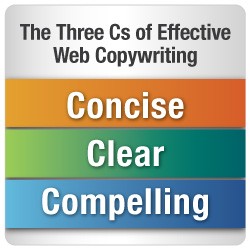Understanding UX & UI Design vs. Web Design


What can cause a web design project to go over budget or off schedule? This question is often asked of web firms. Similarly, client’s ask, “What can we do to ensure success with our website project?”
Good news, bad news: this is not rocket science. In design, success is often subjective. Reigning in subjectivity is where we can realize economies, both in money and in time. To that end, the following recommendations apply to a majority of website projects, regardless of industry and irrespective of intentions.
Just last year we won a terrific job by showing the client 10 competitor sites, which all looked almost exactly like theirs. The need for differentiation was alive and well.

I’ve seen many clients, who with the best of intentions fall into the same rut year after year. There are certain universal truths about successful websites; one of them is that on website projects that include a quality content editor as part of the dedicated team, the process is smoother, stays on schedule and client satisfaction is high.
As visual storytellers, we are always looking out for exciting new online tools and techniques to build strong digital brands. Up until fairly recently, for the most part, websites have guided users down the navigational path using the “page paradigm.” On a typical site, one is met with a top navigation, and dropdown menus that when clicked transport you to an internal page that has the limited content predefined by the information architecture. This has been fine overall and we’ve built and continue to build many successful websites using this approach.
 What happens when the self-service digital ethos in which we are living is applied to a website design and development process?
What happens when the self-service digital ethos in which we are living is applied to a website design and development process?


As we enter our seventeenth year of designing and developing websites, there are very few clients that aren’t on at least their third generation websites.And with the average website needing a refresh after three years, our clients’ websites are accumulating lots of content. From an SEO perspective a lot of content can be good, from a user experience angle it can become a problem. To make it easier upgrading websites with a growing body of content, we engage our clients in a collaborative process we call “Website Triage.”